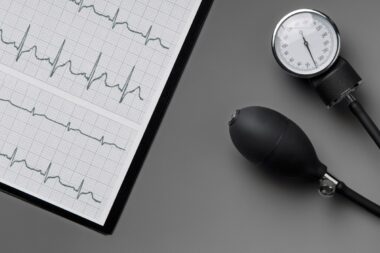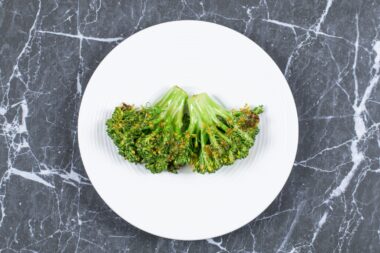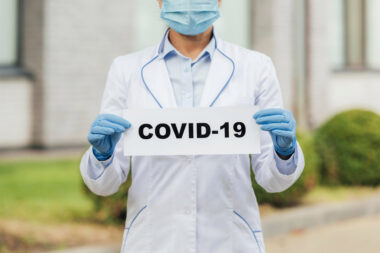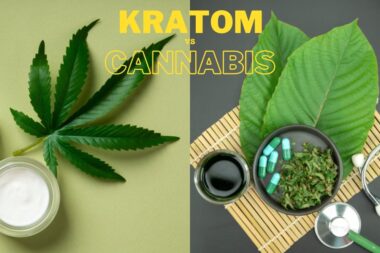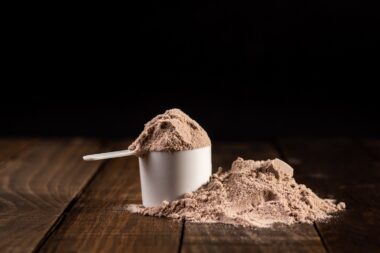Combining specific foods can optimize nutrient absorption, support overall health, and aid in post-workout muscle recovery.
To food researchers, traditional food combinations like rice and beans, guacamole and salsa, and olive oil and tomatoes are more than just simple culinary staples; they represent effective examples of food pairings that can optimize nutritional value.
Pairing certain foods together has been found to enhance vitamin absorption, support the body’s nutrient requirements, and facilitate muscle recovery after physical activity.
For instance, the combination of tomatoes and olive oil in Caprese salad can increase the absorption of carotenoids, which are beneficial plant nutrients.
While it is not necessary to master the art of food pairing for optimal nutrition, a balanced and diverse diet that is rich in nutrients can also naturally provide many benefits for one’s health.
There is scientific evidence to support the nutritional benefits of certain food combinations that can provide even more vitamins, minerals, and nutrients than consuming individual foods separately.
If you are looking to boost the nutritional value of your meals, consider incorporating these five scientifically-backed food pairings onto your plate.
1. Consuming specific food pairings after exercise, such as turkey with toast or apple with peanut butter
Studies have demonstrated that consuming a snack that contains both carbohydrates and protein after exercise can facilitate the recovery process by replenishing glycogen stores in the liver and promoting muscle repair and growth.
During exercise, the body undergoes a stress response that can cause muscle damage and breakdown. Protein is essential for rebuilding and repairing damaged muscle tissues, while glycogen depletion can also contribute to muscle recovery.
Consuming carbohydrates can help to replace lost glycogen and aid in muscle recovery after exercise.
Although protein is often considered the primary nutrient required for muscle repair and growth, carbohydrates also play a crucial role in this process, as they work synergistically with protein.
According to Bazilian, without sufficient carbohydrates after exercising, the body may allocate protein towards other bodily functions, such as energy production, instead of muscle building.
Hence, consuming an adequate amount of carbohydrates alongside protein after exercise can help to optimize muscle recovery and growth.
2. Pairing Fatty Fish with Cheese: A Surprising Nutritional Powerhouse
While calcium is important for building strong bones, its absorption is dependent on vitamin D. Vitamin D, which can be obtained from foods such as fatty fish like salmon, is necessary for the body to utilize calcium, a mineral found in dairy foods like milk, yogurt, and cheese.
Pairing vitamin D-rich fatty fish with calcium-rich dairy products can enhance the absorption of calcium and potentially improve bone health in the long run.
3. The Benefits of Combining Spinach and Citrus Fruits for Optimal Nutrient Intake
Iron is an essential nutrient for overall health, and it can be particularly challenging for people who follow a vegetarian or mostly plant-based diet to get enough of it.
While animal sources of iron are more easily absorbed by the body, vitamin C can help enhance the absorption of plant-based iron.
Polyphenols, found in many plant-based foods, can inhibit iron absorption, and iron needs to be released from the plant.
By pairing iron-rich plant-based sources, such as spinach or lentils, with vitamin C-rich foods like kiwis or bell peppers, you can improve your body’s ability to absorb this nutrient.
Adding more vitamin C-rich foods to your meals can benefit both vegetarians and non-vegetarians in optimizing iron absorption.
4. The Benefits of Pairing Lemon with Green Tea for Enhanced Antioxidant Absorption
Pairing green tea with citrus fruits or apples and berries can maximize the potential health benefits of both the tea and the fruit.
The catechins in green tea have been shown to have antioxidant and disease-fighting properties that can promote good health.
However, the absorption of these micronutrients can be enhanced by consuming them with vitamin C-rich foods like citrus fruits.
In addition, compounds like quercetin found in apples and berries can also improve the absorption of green tea antioxidants, making this pairing a smart choice for anyone looking to optimize their nutrient intake.
5. The Synergistic Benefits of Combining Dark Leafy Greens with Olive Oil or Fish
Vitamins A, D, E, and K are fat-soluble vitamins, meaning they are better absorbed by the body when consumed with high-fat foods. These vitamins can be found in a variety of sources such as kale, spinach, fatty fish, nuts, and seeds.
By pairing these nutrient-rich foods with healthy sources of fat like olive oil or fish, you can improve your body’s ability to absorb these essential vitamins.
For example, consuming kale with an olive oil dressing or alongside a serving of fatty fish can help you get the most out of the vitamins A and K in this leafy green.
In final words
When certain foods are combined, they can enhance the absorption of beneficial nutrients in the body. Healthy fats like those found in avocados or olive oil can increase the absorption of carotenoids, which are found in leafy greens and other colorful vegetables.
Studies have shown that pairing avocados with leafy greens can increase the absorption of carotenoids by up to 400%, and adding an egg to a vegetable-rich salad can increase absorption by up to eight times.
Additionally, almonds are a natural source of vitamin E and healthy fats, making them a convenient way to consume these nutrients together.
By being mindful of nutrient absorption and pairing foods strategically, you can maximize the nutritional benefits of your meals.
Image by Freepik

Anvi has done Bachelor’s and Master’s in Nutrition and Dietetics. She’s planning to do a Ph.D. in Public Health Nutrition moving forward.

